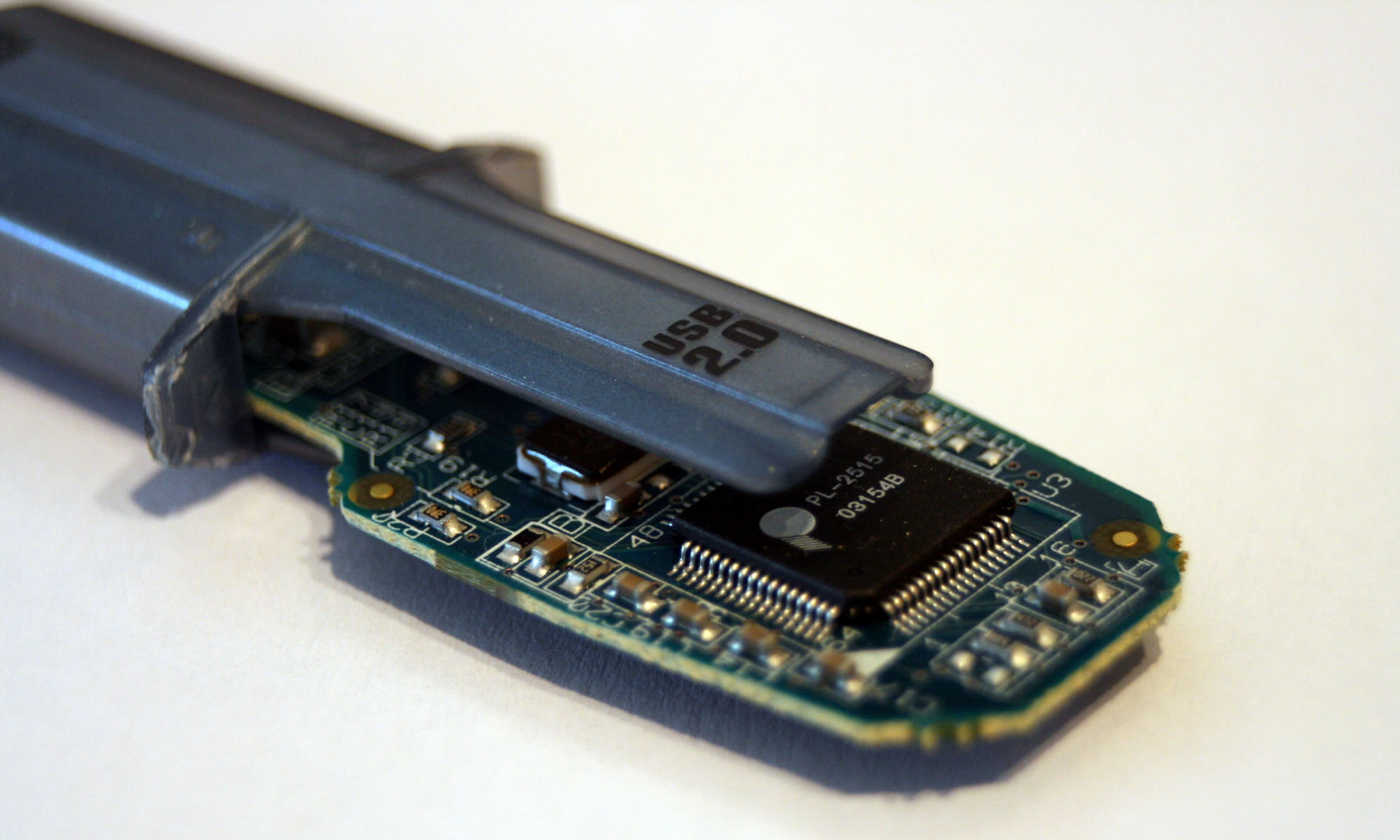Is Apple innovative?
David Hopkins on the Google+ made an interesting point
Am I missing the innovation everyone holds Apple in such high regard for? All I am seeing is reaction to what is happening elsewhere but no real drive or innovation. The latest updates are in reaction to Dropbox, user keyboards, messaging, widgets/homescreen, etc.
Apple have always been like that, even under Steve Jobs.
What they do best is take ideas from other people and make them really work well for users.
Steve Jobs famously said in 1996:
Picasso had a saying — ‘good artists copy; great artists steal’ — and we have always been shameless about stealing great ideas.
The Dynabook was first revealed in 1973, the HP TC1100 was a fantastic tablet (let down by a poor OS implementation), so when Apple released the iPad in 2010, this wasn’t innovation, this was reinvention of an existing form factor, and what they did was make it work and work well.
There were a few music download services prior to iTunes, but it was iTunes that made it mainstream.
There were many different mp3 players, from companies such as Creative, but it was the iPod which turned the mp3 player from a geeky product to a mainstream need.
The iPhone was, though innovative, most of the touchscreen phones before were clunky and didn’t work very well. What Apple did was take the touch interface to the next level, reinvention again, really.
Even Steve Jobs said reinvent when he announced the iPhone.
An iPod, a phone, an internet mobile communicator… these are NOT three separate devices! And we are calling it iPhone! Today Apple is going to reinvent the phone. And here it is.

The 11″ MacBook Air is a fantastic piece of kit, but before then we had the Asus EeePC mini-notebooks, and Sony for years were making innovative VAIO laptops.
So following the WWDC keynote where we saw Apple release their version of Dropbox, the iCloud Drive (which replaces iCloud, which replaced MobileMe, which replaced the iDisk!). The previous versions were all a bit “rubbish” in comparison to Dropbox, so it will be interesting to see how iCloud Drive works against Dropbox.
Store any type of file in iCloud and access it on any device. With iCloud Drive, you can organize your files in the cloud the way you like, create as many folders as you want, and add tags to find files faster.
This is a great example of how Apple continues to copy what others do, but also demonstrates that don’t always get it right.
Another example from WWDC is the possibility of using third party keyboards.
iOS 8 brings the biggest changes to the keyboard since the very first iPhone. Now you can tap to choose the perfect suggestion for your next word. And for the first time, third-party keyboards will be available. Typing as you know it might soon be a thing of the past.
Third party keyboards have been a feature of Android phones for a fair while now, this is another example that shows Apple rarely creates something totally new, but takes on board ideas from elsewhere.
In my opinion what makes Apple a success is they focus on the customer experience, learning from what others do and then improve it.
Lastly a quote from Steve
Sometimes when you innovate, you make mistakes. It is best to admit them quickly, and get on with improving your other innovations.






